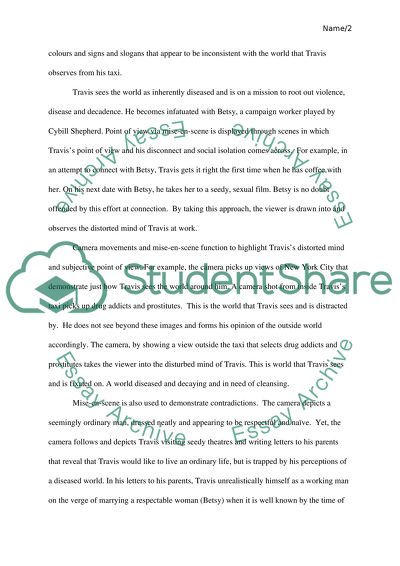Cite this document
(“Taxi Driver by Julia Phillips and Michael Phillips Essay”, n.d.)
Taxi Driver by Julia Phillips and Michael Phillips Essay. Retrieved from https://studentshare.org/visual-arts-film-studies/1488053-taxi-driver-by-julia-phillips-and-michael-phillips
Taxi Driver by Julia Phillips and Michael Phillips Essay. Retrieved from https://studentshare.org/visual-arts-film-studies/1488053-taxi-driver-by-julia-phillips-and-michael-phillips
(Taxi Driver by Julia Phillips and Michael Phillips Essay)
Taxi Driver by Julia Phillips and Michael Phillips Essay. https://studentshare.org/visual-arts-film-studies/1488053-taxi-driver-by-julia-phillips-and-michael-phillips.
Taxi Driver by Julia Phillips and Michael Phillips Essay. https://studentshare.org/visual-arts-film-studies/1488053-taxi-driver-by-julia-phillips-and-michael-phillips.
“Taxi Driver by Julia Phillips and Michael Phillips Essay”, n.d. https://studentshare.org/visual-arts-film-studies/1488053-taxi-driver-by-julia-phillips-and-michael-phillips.


